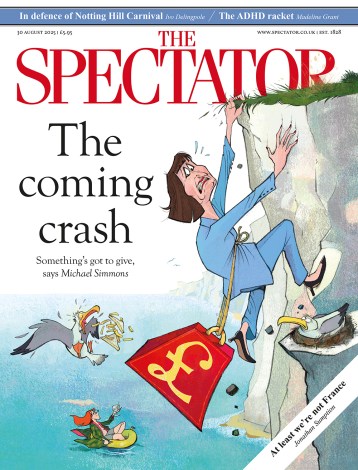Topsy turvy
Born Georg Kern in 1938, Baselitz adopted the name of his birthplace in Saxony, East Germany just after his definitive move to the West in 1958. Brought up in an atmosphere of gloom and social realism, he had been expelled from art school in East Berlin for ‘social-political immaturity’. He fared better in West Berlin and firmly grasped the fashionable nettle of existential angst while struggling with a whole raft of Western influences, from Abstract Expressionism to Pop Art. He developed his own brand of uncouth and aggressive figuration, making his trade-mark (from 1969) the upside-down motif. Baselitz paints his pictures flat on the floor, working all round them, but













